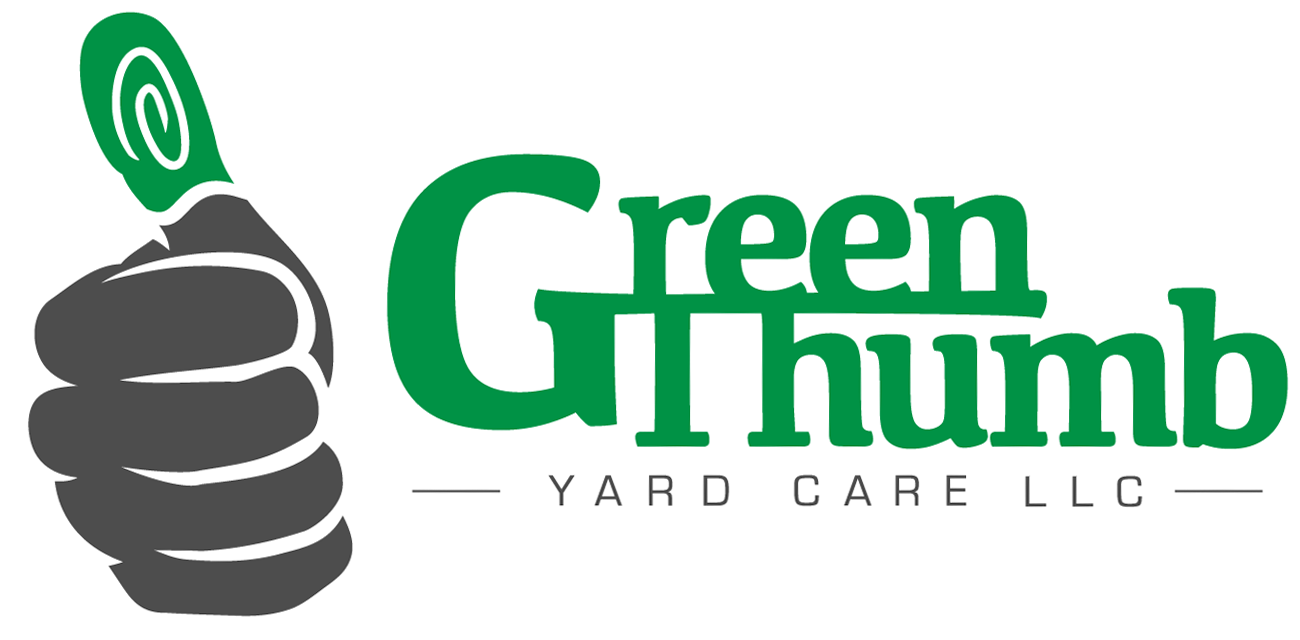2019 Herbicide Program
This article is intended to educate existing and prospective customers about our 2019 herbicide program. This program is designed to prevent and treat weeds most common to central Maryland lawns.
We want to use the least amount of chemicals possible to achieve a great looking lawn. Our approach to weed control focuses heavily on prevention. By making a preventive pre-emergent application, we reduce the
Our program incorporates spot treatments to eradicate already existing weeds. This means that we only spray existing weeds as we see them, instead of spraying the entire lawn. Spot treating is just as effective but only uses a
In 2019 we will be making 4 visits to treat weed throughout the year. Continue reading to learn about each visit.
Mid April
This marks our first visit. Effective weed control depends on timing.
We use herbicides with the active ingredient 2,4-D. This chemical kills almost all types of broadleaf weeds found in Maryland lawns without harming the grass. This herbicide will not treat grassy weeds like crabgrass and goosegrass, but we address those pests later in our program.
We spot treat problem areas in the lawn with 2,4-D before they get out of hand. We avoid using a pre-emergents this early in the season because it will interfere with customers who overseed their lawns in March.
Early May
Our second application addresses crabgrass. We broadcast spray the active ingredient dithiopyr across the whole lawn.
Dithiopyr is a pre-emergent herbicide that prevents crabgrass, clover, dandelions, and a whole host of other weeds from growing. It even kills some weeds that are in very juvenile stages of growth.
We wait to perform this application until May because dithiopyr can potentially harm young grass shoots. Waiting until May allows grass seed spread in March to get established and avoid harm. However, May is still early enough that crabgrass and other weeds have not yet become established.
This application provides great weed suppression for about 8-12 weeks.
August
This time of year, our last application is just starting to lose its efficacy. We perform another spot treatment using 2,4-D, mentioned earlier, and quinclorac. Quinclorac, unlike
Spot treating reduces the
Mid October
This is our last application of the year. We use 2,4-D for this application since most grassy weeds have died from cold temperatures.
As mentioned earlier, young grass seedlings are very susceptible to herbicides. Therefore, we do not treat lawns after mid October because the herbicides often interfere with overseeding services.
Additionally, most weeds die or go dormant at this point in the season. Only a few weeds persist into the winter.
The Future of Our Program
This year, we will be experimenting with a few organic solutions in test lawns. After evaluating the results, we may introduce some organic alternatives into our program in the following years.
Unfortunately, most organic alternatives are too costly (4x the cost) or simply not effective. However, there are a few that we believe are worth exploring.
Additionally, other practices such as aerating, overseeding, fertilization, and raising mowing heights all work to prevent weeds. We are going to combine all of these practices along with organic herbicides in our tests. Hopefully we will be able to start incorporating more natural methods to reduce the amount of weeds found in lawns.
